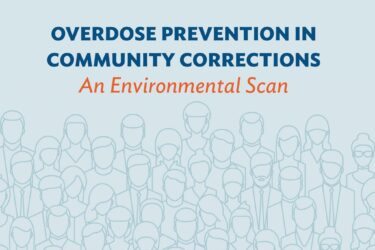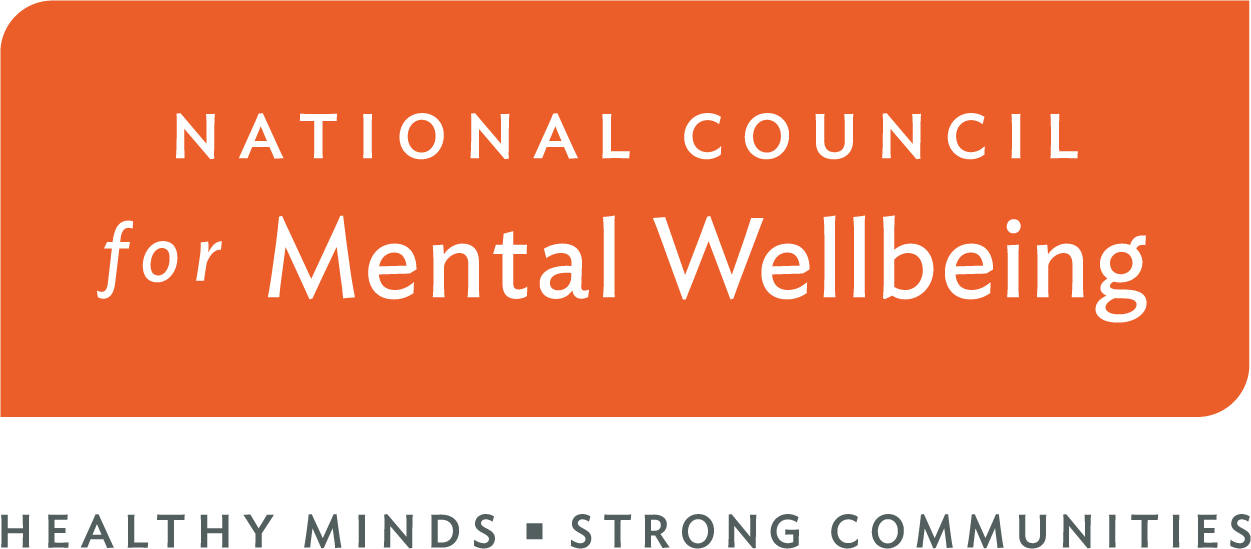View our series of free, self-paced courses on overdose prevention and response for community corrections.
Learn MoreOverdose Prevention and Response in Community Corrections: An Environmental Scan
Opioid overdose is the leading cause of death among people released from correctional institutions. People released from prison are 129 times more likely than the general population to die of a drug overdose within the 2 weeks following their release.
Community corrections has the potential to be a high-impact site for overdose prevention, but we still need to shift the culture of community corrections to better support evidence-based practices.

The National Council for Mental Wellbeing, with support from the Centers for Disease Control and Prevention, conducted an environmental scan to determine how overdose prevention and response efforts are currently implemented in community corrections. This effort included a literature review, 19 key informant interviews and a roundtable discussion with a diverse group of individuals with experience in community corrections, overdose prevention or harm reduction.
Key Findings
- Community supervision is changing, providing opportunities for incorporating recovery-oriented approaches.
- Community corrections officers have a distinct role in preventing overdose.
- Community corrections officers require training to fulfill their role.
- Evidence-based interventions for individuals under supervision can reduce overdose mortality.
- Significant barriers impede implementation of evidence-based overdose prevention in community corrections.
- Changes to community correction policy and practice are needed to support recovery-oriented approaches.
- Innovative overdose prevention interventions are happening in community corrections.
- Closer collaboration is needed between community corrections and health and social services providers.
For more information, please contact Yoon Hyung Choi at YoonHC@thenationalcouncil.org.
This work is supported by the CDC of the U.S. Department of Health and Human Services (HHS) as part of a financial assistance award totaling $250,000 with 100% funding by CDC/HHS. The contents are those of the author(s) and do not necessarily represent the official views of, nor an endorsement, by CDC/HHS, or the U.S. Government.
